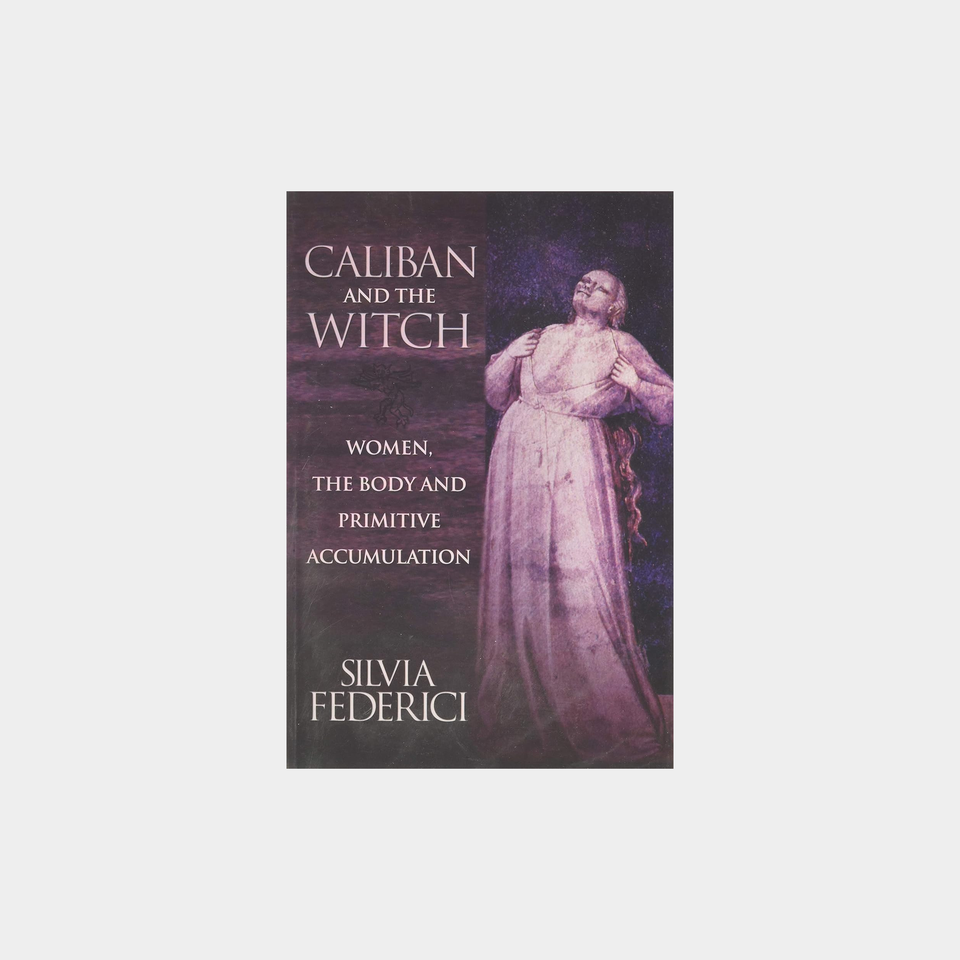Caliban and the Witch is a history of the body in the transition to capitalism. Moving from the peasant revolts of the late Middle Ages to the witch-hunts and the rise of mechanical philosophy, Federici investigates the capitalist rationalization of social reproduction. She shows how the battle against the rebel body and the conflict between body and mind are essential conditions for the development of labor power and self-ownership, two central principles of modern social organization.
*The above link is an affiliate link. When you purchase through our affiliate links, we earn a small commission at no extra cost to you. Thanks for your support! Learn more
NEC's view
Caliban and the Witch is one of the most powerful books we’ve read on the history of capitalism and gender. Silvia Federici traces how the witch hunts of early modern Europe were not just superstition but part of a violent restructuring of society that disciplined women, enclosed commons, and created the conditions for modern capitalism.
Federici shows that the persecution of “witches” was not marginal but central: an attack on collective forms of life, reproductive autonomy, and non-capitalist ways of surviving together. Reading it, we felt both anger at the brutality of that history and clarity about how its legacies remain alive in the present.
Caliban and the Witch is a reminder that struggles over the body, over land, and over work have always been deeply connected. It gave us a lens to see both the violence that underpins our current world and the possibilities of resistance and solidarity that persist.










